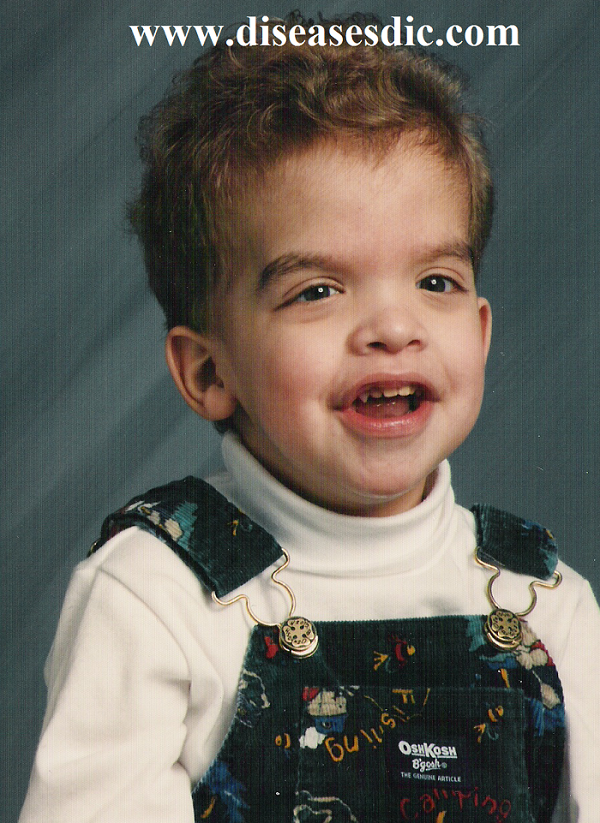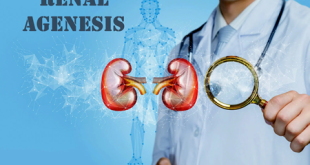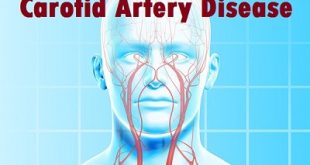Definition
Costello Syndrome is a rare condition that affects many different parts of the body. Signs and symptoms generally include developmental delay, intellectual disability, distinctive facial features, loose folds of extra skin (especially on the hands and feet), and unusually flexible joints
Affected people may also have heart abnormalities such as tachycardia, structural heart defects, and hypertrophic cardiomyopathy. Beginning in early childhood, people with Costello Syndrome additionally have an increased risk to develop certain cancerous and noncancerous tumors.

A baby with Costello syndrome
Costello syndrome is caused by changes (mutations) in the HRAS gene. It is considered an autosomal dominant condition, but almost all cases are the result of de novo gene mutations and occur in people with no family history of the condition. Treatment is based on the signs and symptoms present in each person.
History
In 1971, Dr. Jack Costello, a pediatrician in New Zealand, identified two non-related individuals as having a cluster of characteristics that might be a new syndrome. After publishing his findings in 1977, no further research was published on this possible syndrome until Der Kaloustian, Moroz, McIntosh, Watters, and Blainchan (1991) reported another individual with similar characteristics. This new syndrome was named Costello syndrome and was defined as “a distinct multiple congenital malformation syndrome characterized by postnatal growth retardation, distinctive face, lax skin, and developmental delay”.
Risk factors
- Some somatic mutations in the HRAS gene predispose individuals with Costello syndrome to an increased risk of neoplasms, with a 15% lifetime risk of developing malignant tumors.
- There is a high risk of developing rhabdomyosarcoma, neuroblastoma, or transitional cell carcinoma of the bladder during childhood and adolescence.
Causes
- Mutations in the HRAS gene cause Costello syndrome. This gene provides instructions for making a protein called H-Ras, which is part of a pathway that helps control cell growth and division. Mutations that cause Costello syndrome lead to the production of an H-Ras protein that is abnormally turned on (active).

- The overactive protein directs cells to grow and divide constantly, which can lead to the development of cancerous and noncancerous tumors. It is unclear how mutations in the HRAS gene cause the other features of Costello syndrome, but many of the signs and symptoms probably result from cell overgrowth and abnormal cell division.
- Some people with signs and symptoms of Costello syndrome do not have an identified mutation in the HRAS gene. These individuals may actually have CFC syndrome or Noonan syndrome, which are caused by mutations in related genes.
- The proteins produced from these genes interact with one another and with the H-Ras protein as part of the same cell growth and division pathway.
- These interactions help explain why mutations in different genes can cause conditions with overlapping signs and symptoms.
Symptoms
The signs and symptoms of Costello Syndrome may include:
Very frequently present symptoms in 80-99% of the cases:
- Abnormality of the fingernails
- Acanthosis Nigrcians
- Concave nail
- Deep-set nails
- Delayed skeletal maturation
- Failure to thrive in infancy
- Hyperkeratosis
- Lack of skin elasticity
- Macrocephaly
- Narrow palate
- Pulmonic stenosis
- Redundant skin
- Short neck
- Ventricular septal defect

The phenotypic features of the Costello syndrome
Frequently present symptoms in 30-79% of the cases:
Occasionally present symptoms in 5-29% of the cases:
- Coarse facial features
- Generalized hyperpigmentation
- Large earlobe
- Large face
- Low-set, posteriorly rotated ears
- Poor suck
- Renal insufficiency
Complications
Costello syndrome is a complex, multisystem condition, and it can lead to various complications.
- Infants may be unable to feed orally until the age of 2 to 4 years, or around the same time that they start to speak.
- Cardiovascular problems often appear from early childhood, although symptoms may not show until later. These include congenital heart defects and cardiac hypertrophy. The person may experience tachycardia, or a rapid heartbeat, and arrhythmias, or irregular heart rhythms.
- Macrocephaly, or overgrowth of the brain, has been noted in 50 percent of patients. This can lead to a Chiari malformation, a structural defect in the brain found in 32 percent of individuals, according to one study. Seizures appear to affect between 20 and 50 percent of individuals with the condition.
- There may be delays in bone growth, low bone density and a higher risk of bone fractures and osteoporosis. Vitamin D and calcium supplements may help.
Diagnosis and test
Costello is diagnosed after evaluation by a doctor who is familiar with this condition. This evaluation should include:
- Family history
- medical history
- physical examination
Genetic testing is also useful in making a diagnosis of Costello syndrome. The majority of patients with Costello syndrome have a mutation in the HRAS gene.
Typically every person has two copies of each gene in their genetic make-up. One copy of the HRAS gene is inherited from their father and the other copy is inherited from their mother. With Costello syndrome, a person has a change (mutation) in one copy of the HRAS gene. Males and females are equally affected. Typically, the mutation happens for the first time in that person and there is no family history of the condition.
Most people with Costello syndrome do not go on to have children. If someone with Costello syndrome were to reproduce, they would have a 50%, or a 1 in 2 chance, of passing the condition to each of their future children.
Treatment
There is no “cure” for Costello syndrome, but there are several treatments and therapies available. Each treatment plan is tailored to the patient, based on their medical issues.
- For those with heart issues, treatment is similar to people who have the same heart defect but do not have Costello syndrome.
- For those with delayed development, early treatments may include physical, occupational, and/or speech therapy.
- Infants with severe feeding issues may need surgery.
- Some individuals with delayed growth may need growth hormone therapy.
Management
Children should see their doctor regularly so they can:
- Receive ultrasounds and urinalysis to periodically screen for malignant tumors
- Check their growth and development
- Check for neurological symptoms, seizures, and skeletal problems
Prevention
Currently, Costello Syndrome may not be preventable, since it is a genetic disorder.
- Genetic testing of the expecting parents (and related family members) and prenatal diagnosis (molecular testing of the fetus during pregnancy) may help in understanding the risks better during pregnancy
- If there is a family history of the condition, then genetic counseling will help assess risks, before planning for a child
- Active research is currently being performed to explore the possibilities for treatment and prevention of inherited and acquired genetic disorders
Regular medical screening at periodic intervals with tests and physical examinations are recommended.
 Diseases Treatments Dictionary This is complete solution to read all diseases treatments Which covers Prevention, Causes, Symptoms, Medical Terms, Drugs, Prescription, Natural Remedies with cures and Treatments. Most of the common diseases were listed in names, split with categories.
Diseases Treatments Dictionary This is complete solution to read all diseases treatments Which covers Prevention, Causes, Symptoms, Medical Terms, Drugs, Prescription, Natural Remedies with cures and Treatments. Most of the common diseases were listed in names, split with categories.







